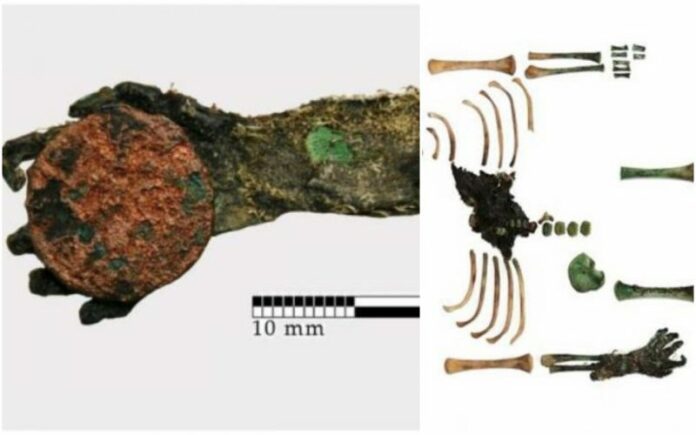In 2005, an unexpected discovery puzzled archaeologists in southern Hungary. János Balázs, during an examination of bones from a cemetery dig in Nyárlőrinc, found a tiny green, mummified hand among the remains. This perplexing find set off a decade-long investigation that ultimately revealed a unique form of mummification, shedding light on ancient burial practices and the remarkable preservative properties of copper.
The Initial Discovery
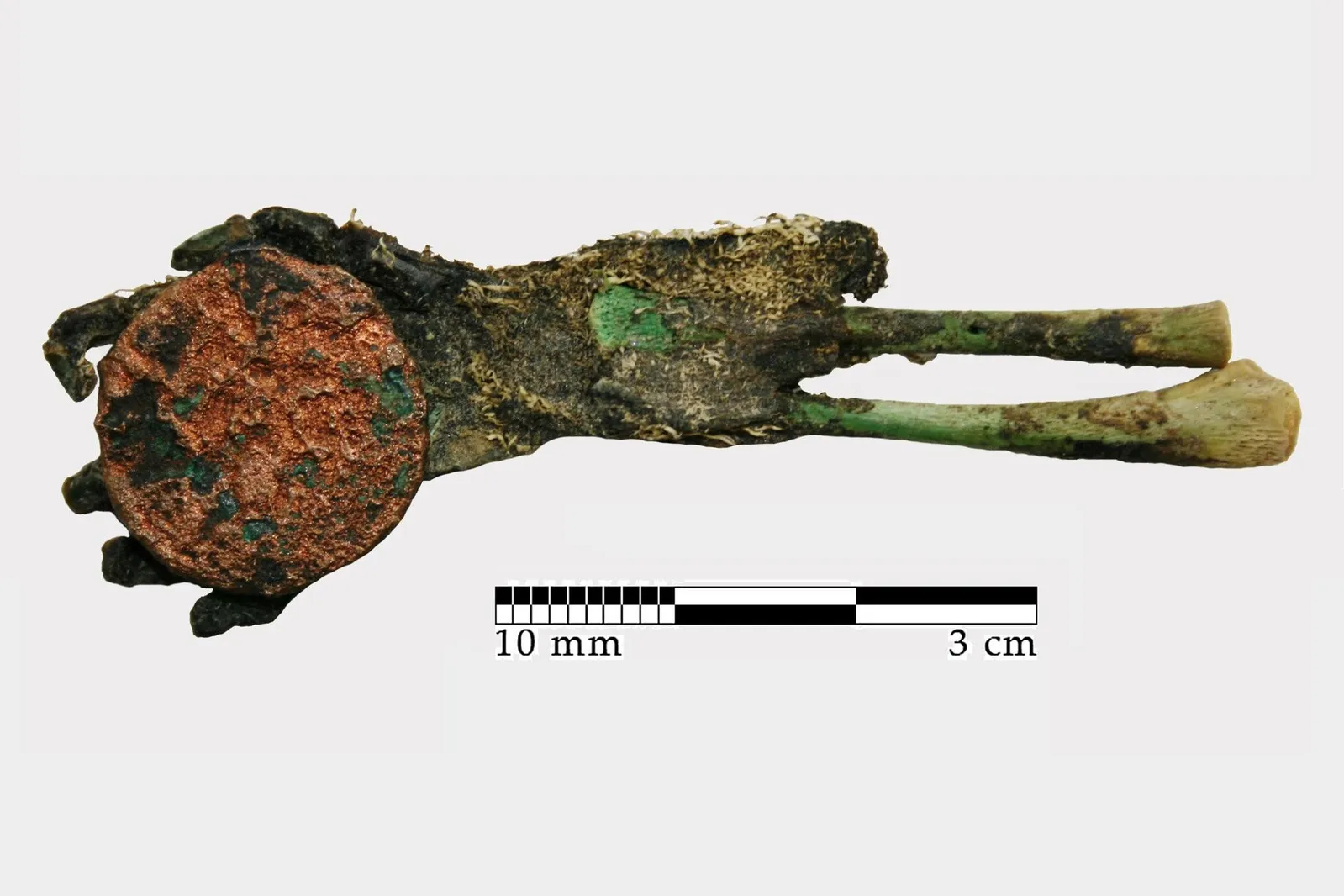
The cemetery excavation in Nyárlőrinc, a village in southern Hungary, uncovered over 500 graves dating from the 12th to the 16th centuries. Among the usual skeletal remains, Dr. Balázs and his colleague, Zoltán Bölkei, discovered a mummified green hand in a storage box. This tiny, green-tinged hand stood out starkly against the other bones, prompting further investigation.
Unraveling the Mystery
Dr. Balázs’s initial examination revealed that several bones, including vertebrae, a hip bone, and leg bones, were stained green. Both forearms were green as well, but only the right one retained its desiccated flesh. The rest of the tiny skeleton, including most ribs, a shoulder bone, and two humerus bones, showed no discoloration.
Upon closer inspection, Dr. Balázs determined the remains belonged to a stillborn or premature baby, measuring just 11 to 13 inches and weighing one to two pounds. The remains are currently displayed at Hungary’s Móra Ferenc Museum.
Chemical Analysis and Findings
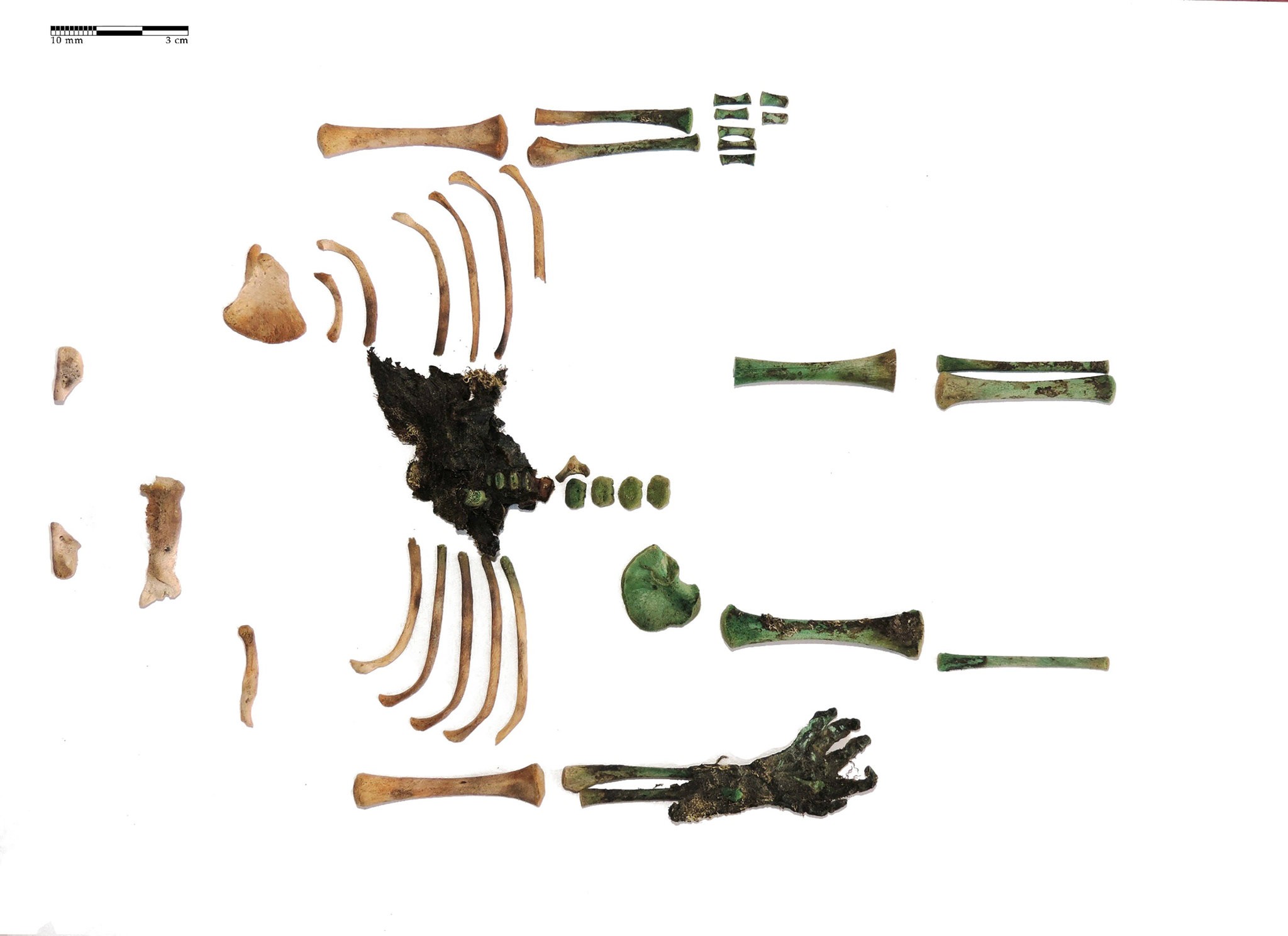
Green discoloration in bones is not uncommon and is often caused by contact with bronze or copper jewelry. Suspecting metal contamination, Dr. Balázs conducted a chemical analysis, revealing copper levels in the child’s remains that were hundreds of times higher than average. These were the highest copper levels ever recorded in a mummy.
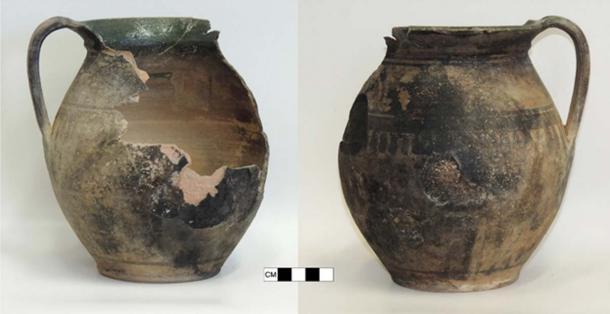
Further investigation led Dr. Balázs to a nearby museum that housed additional storage boxes from the original dig. Among the artifacts, he found a small ceramic pot and a corroded copper coin. These findings were crucial in piecing together the story behind the mummified hand.
The Role of Copper in Mummification
The team concluded that a copper coin had been placed in the baby’s hand before burial in the ceramic pot. Many ancient cultures used coins in burials to pay a mythical ferryman to transport the soul into the afterlife. In this case, the antimicrobial properties of copper preserved the hand, while the conditions inside the pot aided the mummification process.
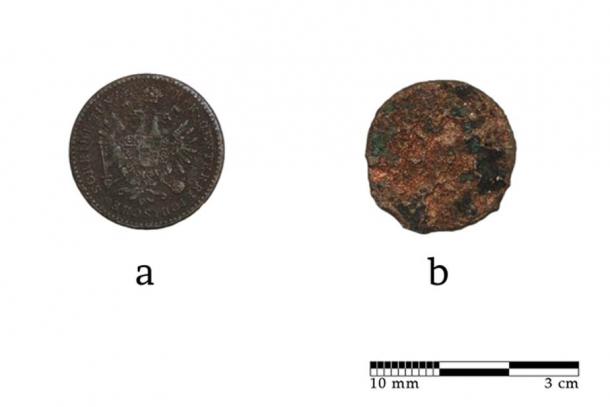
This discovery represents one of the first documented cases of copper-driven mummification. The baby’s crouched burial position allowed copper corrosion to affect other parts of the skeleton, resulting in green-stained bones. The team also identified two more premature baby burials with similar characteristics, including one with green bones, a coin, and a pot.
Historical and Cultural Context
The specific copper coin, identified as a “Kreuzer” or “krajcár,” circulated between 1858 and 1862, indicating that the burial occurred post-Medieval times. This period was marked by Christian burial practices, which traditionally did not include coins.
Dr. Balázs and Dr. Bereczki speculated that the unbaptized status of the baby led to this unique burial practice. The coin and pot might have been an attempt to secure the child’s passage to the afterlife.
Conclusion
The investigation into the mummified green hand uncovered not only a fascinating aspect of ancient burial practices but also a poignant story of a community’s attempt to honor and preserve the legacy of a lost child. As Dr. Bereczki noted, the act of placing the coin in the baby’s hand succeeded in preserving not just the remains but also the memory of the child, as we continue to discuss this remarkable discovery 150 years later. This case highlights the intersection of archaeology, chemistry, and cultural anthropology, revealing the intricate ways in which ancient peoples cared for their dead.
